Art review: Simryn Gill: Hugging the Shore
SINGAPORE — Even before you get to grips with the actual work in what’s billed as Singapore-born Simryn Gill’s first major solo exhibition in South-east Asia, the NTU Centre for Contemporary Art Singapore’s revamped exhibition space makes an impression of its own. Its broad, neutral expanses recall the disorienting, immersive installations of American artist James Turrell. Despite its impact, the space doesn’t overwhelm Gill’s artworks; rather, it has been tailored to the specific qualities of her work, forming a coherently responsive architectural skeleton for her works to inhabit, rather than the cookie-cutter neutrality one tends to find in white cube spaces.
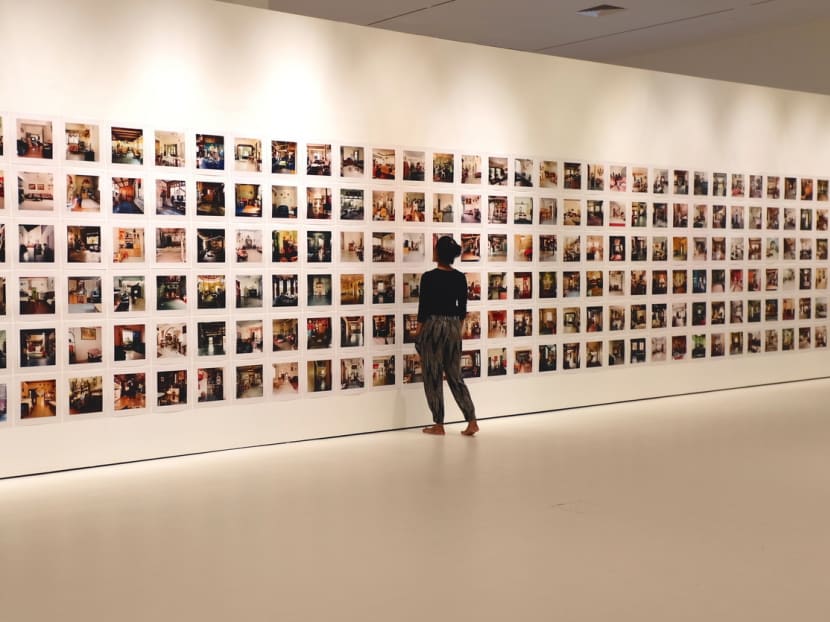
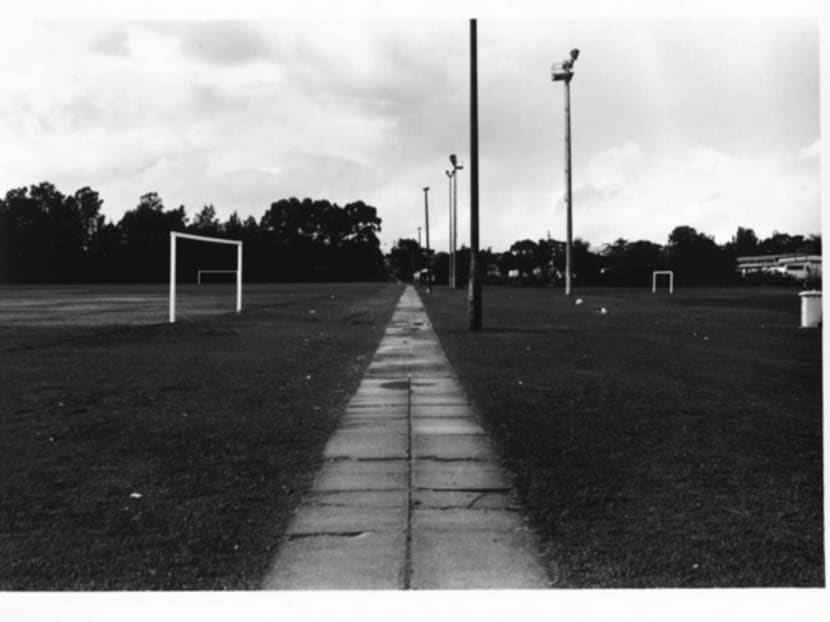
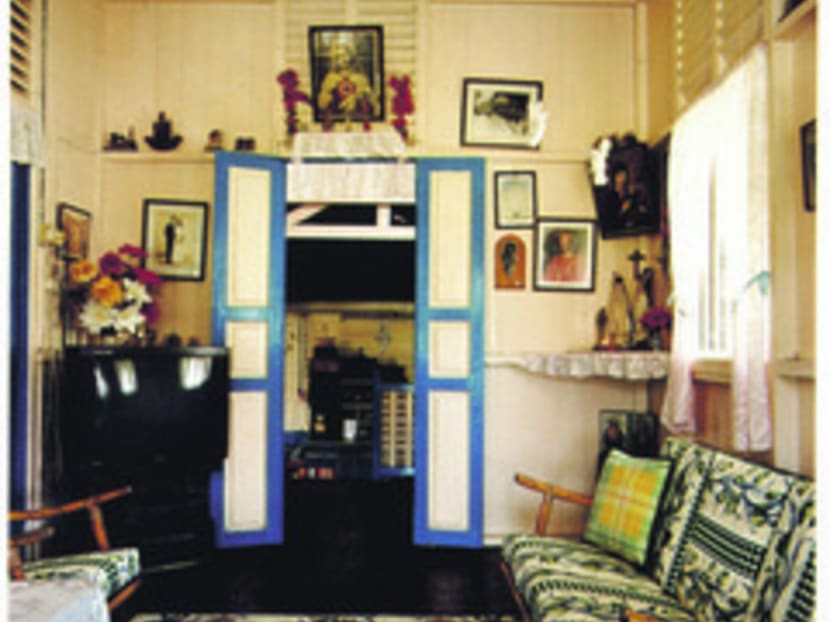
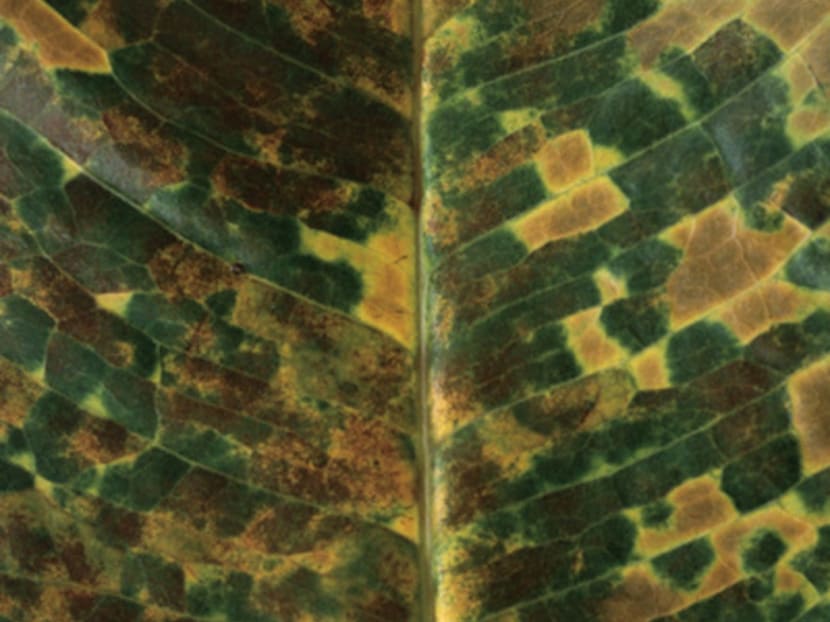
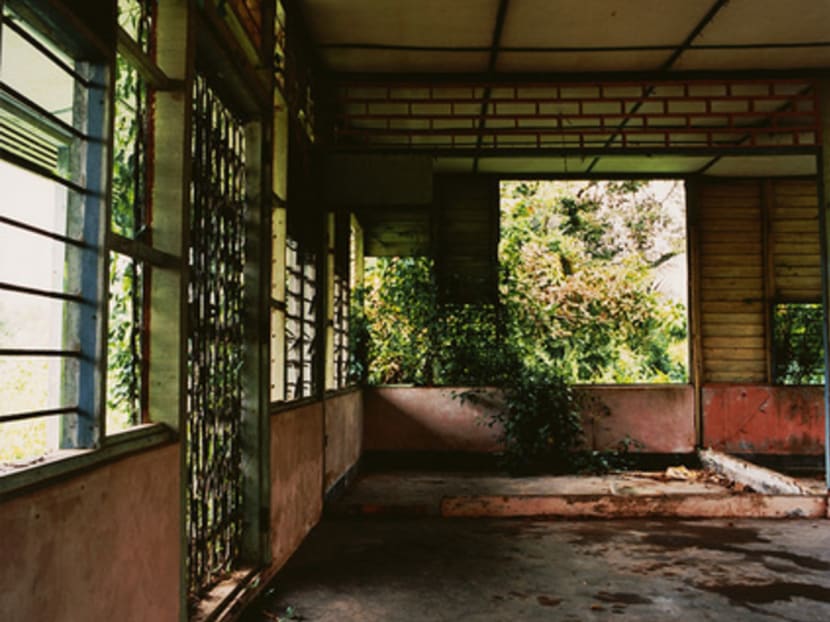
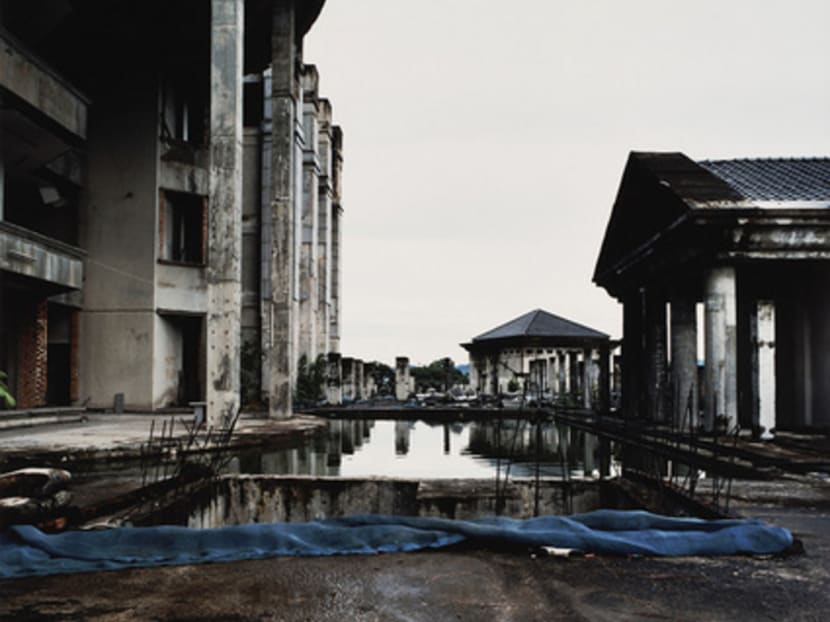
SINGAPORE — Even before you get to grips with the actual work in what’s billed as Singapore-born Simryn Gill’s first major solo exhibition in South-east Asia, the NTU Centre for Contemporary Art Singapore’s revamped exhibition space makes an impression of its own. Its broad, neutral expanses recall the disorienting, immersive installations of American artist James Turrell. Despite its impact, the space doesn’t overwhelm Gill’s artworks; rather, it has been tailored to the specific qualities of her work, forming a coherently responsive architectural skeleton for her works to inhabit, rather than the cookie-cutter neutrality one tends to find in white cube spaces.
Here are more than a thousand photographs comprising four major bodies of work. Despite the sheer breadth and depth of the scale of these bodies of work, they’re somehow ensconced in a surprising niche in-between intimacy and monumentality of scale. As imposing as these grids of photographs are, there’s a simultaneous urge to come as close as you can, peering intently, almost to the point of physical contact.
In representing the culmination of some 15 years of Gill’s meticulous, labour-intensive artistic practice, these works could be said to function as dowsing rods of various socio-cultural currents, which have buffeted the region in the opening years of this century.
The most direct would be Standing Still, which collects images of abandoned buildings across Malaysia. It’s inspired by buildings left abandoned and incomplete in the wake of the financial crisis of the late ’90s, as a sort of frozen slice of time — a could-have-been Malaysia, dreams and buoyant optimism dashed on the rocks of market instabilities. Unlike other photo series of this sort, which often take a voyeuristic perspective of ruin and decay — particularly of architectural showpieces — Gill’s photographs take a broader view, running the gamut from small dwellings to imposing structures.
More offbeat, perhaps, is Gill’s May 2006, in which her possession of 30 rolls of discontinued film prompted her to exhaust them, within the titular expiration month, in her home neighbourhood of Marrickville, Sydney. A moment’s attention, though, brings to mind the fact that the number of photographs don’t tally with the maximum possible in 30 rolls, and that there are a few more columns of photographs than days in a month. The rule — of using up a roll a day in the month of May — appears to have been more of a suggestion, hinting perhaps at an artist’s affable wariness of following rules too strictly or too blindly.
This open, interpretive attitude to definitions and delineations carries over into Like Leaves, in which fragments of leaves of the sea apple tree are cut to the same rectilinear grids of the other photographic series, displaying a riotous variability in colour, structure and appearance. In including leaves in an otherwise entirely photographic show, Gill makes the case that leaves are, in a literal sense, photographs — the passage of light inscribed, through biological processes, into the structure and colour of the leaves. But these “photographs,” unlike their professionally-printed brethren, will change perceptibly over the course of the show — they will gradually flake, crumble and fade in the poignant yet irresistible passage of time: A counterpoint, perhaps, to the still and silent moments in time preserved in the other photographs on display.
Simryn Gill: Hugging The Shore runs until June 14 at NTU Centre for Contemporary Art Singapore, Gillman Barracks, 43 Malan Road. Free admission. Closed on Mondays.





